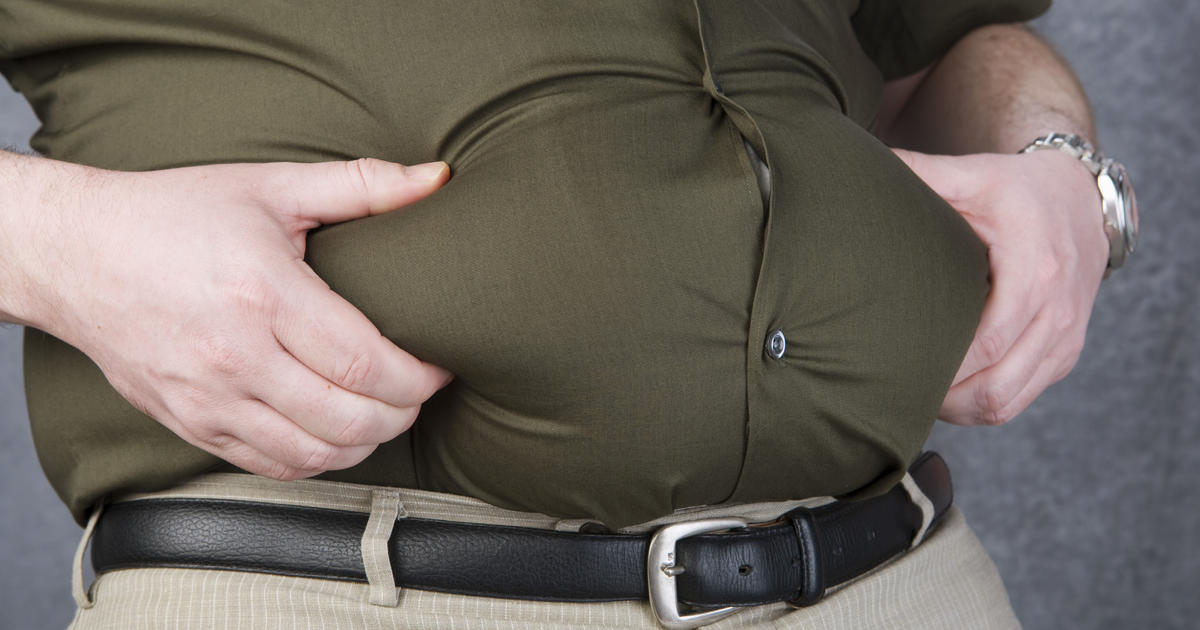Midriff bulge linked to physical decline, study

MIAMI – An expanding waistline might seem like a rite of passage for men and women reaching middle age, but a new study finds that midriff bulge is linked to physical decline later in life.
A study, which followed 4,509 people who were 45 years old or older in Norway for over two decades, found participants who had a high or moderately high waist circumference at the start of the study were 57% more likely to be “frail” than those with a normal waistline.
But frailty is not that “tottering” elderly person bent over a cane that comes to mind. Instead, frailty includes poor grip strength, a slower walking speed, overall exhaustion, unintentional weight loss, and low physical activity.
People who were obese at the start of the study, defined as having a body mass index (BMI) of 30 and higher, were also 2.5 more likely to be frail than those with normal BMI (18.5 to 24.9), according to the study published January 23, 2023, in the journal BMJ Open.
There could be several reasons, according to the study authors. Obesity leads to an increase in inflammation in fat cells, which can damage muscle fibers “resulting in reduced muscle strength and function,” study coauthor Shreeshti Uchai, a doctoral research fellow in nutritional epidemiology at the University of Oslo in Tromsø, Norway, and her colleagues wrote.
The results highlight the need to stay on top of both overall weight gain and any rise in waist circumference, and to broaden the definition of frailty, the authors concluded.
“In the context where the population is rapidly aging and the obesity epidemic is rising, growing evidence recognizes the subgroup of ‘fat and frail’ older individuals in contrast to viewing frailty only as a wasting disorder,” they wrote.
Combat the decline
Exercise can help counter the growing frailty that aging may bring. Adults should perform muscle-strengthening exercises involving all major muscle groups on at least two or more days each week, in addition to exercising at least two hours and 30 minutes per week at a moderate intensity, according to the US Department of Health and Human Services physical activity guidelines for Americans.
Reducing body fat and building lean muscle can help improve balance and posture, said Dr. Nieca Goldberg, the medical director of Atria New York City.
To stay strong and healthy, try to do both aerobics and strength exercises.
The study was published Monday in the journal BMJ Open.



